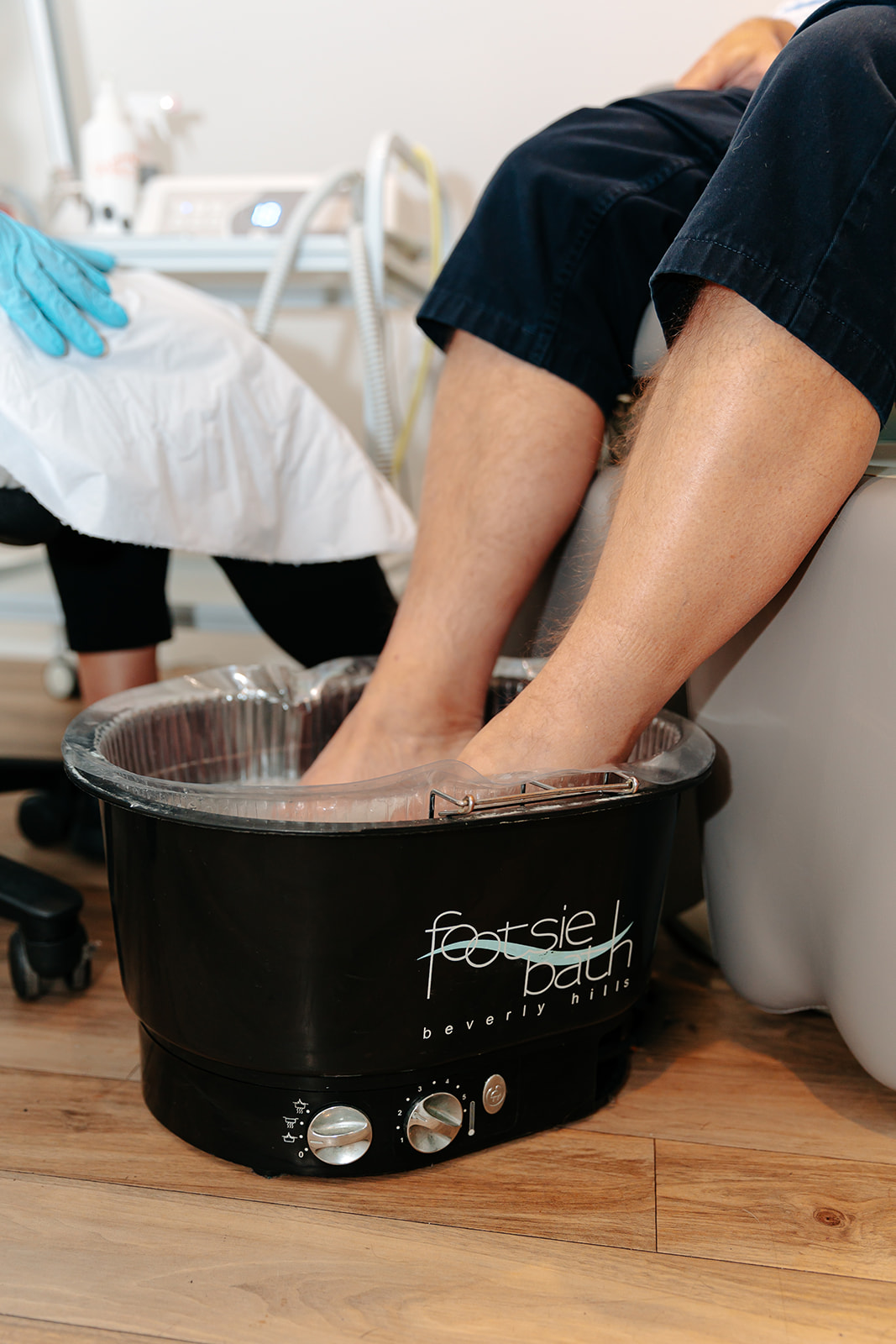What is a Chilblain?
Erythema pernio, also known as perniosis or chilblain, is a lesion located on the surface of the skin that usually arises after being in contact with cold or humid environments for a long time.
What causes it?
The main cause of chilblains on the feet is exposure to cold. Experts affirm that they can appear after having an abnormal response of our body to low temperatures, combined with poor regulation of the blood flow to our skin.
After being exposed to the cold, if we put our feet or hands close to intense heat, this painful inflammation occurs which causes the blood vessels in our skin to expand, causing Chilblains. This can happen to your hands, ears, and nose as well as your feet.
It should be noted that there are certain groups of people who, due to their physiological characteristics, are more vulnerable, such as children, women, and the elderly, but there are also various factors that increase the risk of chilblains, including:
- Sex and weight
Women are more likely to get chilblains than children and men, as are underweight people.
- Poor blood circulation
Those who have poor circulation are more sensitive to changes in temperature so it is more likely that they may have this injury.
- Alterations in the connective tissue
One risk factor is connective tissue disorder, such as rheumatoid arthritis, vasculitis, or cryoglobulinemia.
- Reynaud’s disease
Raynaud’s disease is a disorder of the blood vessels, which narrow when the person feels cold or stress, and affects the toes and fingers. People with this problem are more likely to get chilblains.
Symptoms of Chilblains
- Reddened and well-defined patches on the skin of the feet
- Appearance of blisters
- Itching and burning sensation in the affected area
- Pain and swelling in that part of the feet
- Colour changes, from red to dark blue, in the painful area
- In most severe cases it can become an ulcer.
Prevention of Chilblains
- Use on waterproof footwear to avoid the rain or snow contact with our feet
- Wear suitable insulating clothing such as cotton or wool socks
- Do physical exercise regularly
- Follow a diet rich in foods with vitamins A, C and D
- Apply specific moisturizers
- Reduce prolonged exposure to cold or very humid environments
- Avoid wearing clothes that expose the skin to cold
- Try not to wear ballet flats, very thin socks, or go out without socks
- Avoid tobacco, as nicotine amplifies the vasoconstrictor response to cold
- Do not put your hands or feet directly to sources of heat such as a radiator as sudden changes in temperature increase the risk of Chilblains
Treatment for Chilblains
In addition to taking the relevant precautions mentioned above, you’ll need to have a clear diagnosis first so we recommend you visit a Podiatrist or a vascular doctor if it mainly affects your feet as they can accurately diagnose and recommend the appropriate treatment for you.
If you’d like to book in to see one of our Podiatrists, please do so by calling 01380 730473 or book online here.
